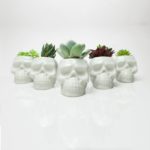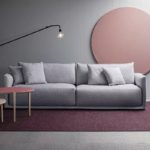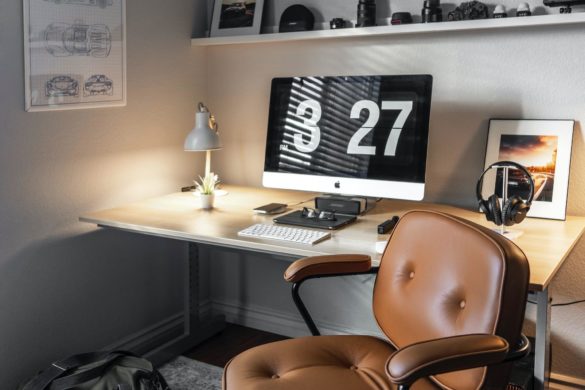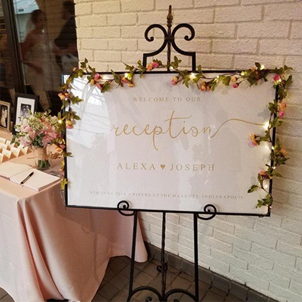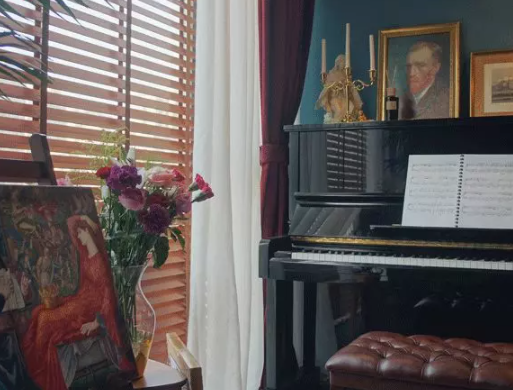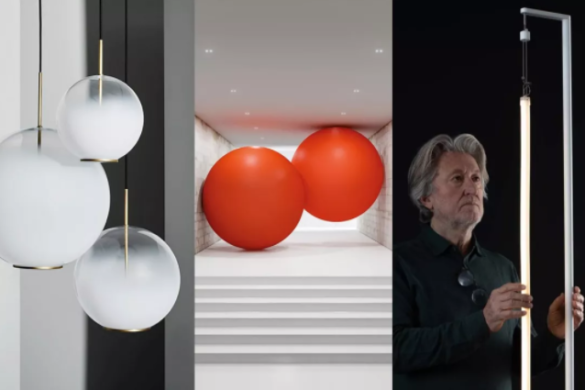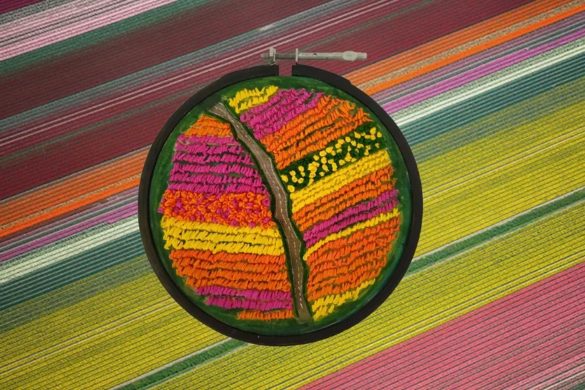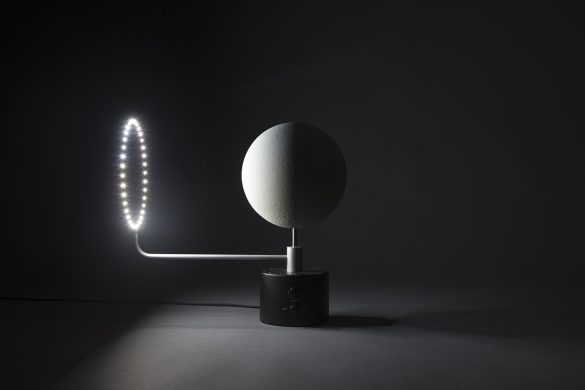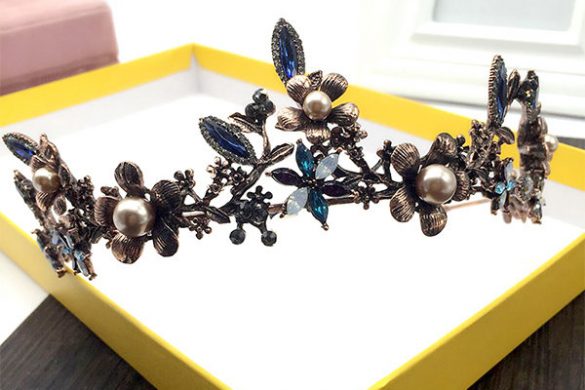
If you want to make the space visually brand-new, why not add some “color” to the wall? As the largest area of the room, the wall decoration will affect the overall vibe of the room. Many people don’t know how to choose color or material, so they just choose a simple white wall, which can pair with any style decor but is dull and monotonous.

When you are determined to make some changes to your blank wall, the tricky question comes again: how to choose the color scheme and material?
Now let’s talk about the material directly from the perspective of maintenance. Wall paint is generally monochromatic, and if there is a little bumping, it will be troublesome to make up the color later. However, wallpapers have various patterns, and can be washed and wiped easily.

It is difficult to get such a uniform effect with the wall paint.
Next, let’s talk about how to choose wallpaper types and how to utilize different spaces. In addition to the features of rich patterns and high cost performance, wallpaper also has many types of materials. Commonly used materials in households include resin, pure paper, non-woven fabric, diatomaceous earth, etc., which can be selected according to design style, price, and maintenance methods.

Resin Wallpaper
Resin wallpaper is made of synthetic resin, and the surface layer is made of glue, also called polymer material. More than 80% of the products in the world belong to this major category. The waterproof performance of this wallpaper belongs to the isolation type and can be wiped.
This type of wallpaper is more environmentally friendly and hardly produces harmful gases when burned.



PVC Wallpaper
This kind of wallpaper is made of various synthetic resins containing auxiliary materials, generally called “plastics”, such as polyvinyl chloride (PVC). It has many advantages like cheap, waterproof, mildew proof, antibacterial and antifouling, but the environmental performance may not be so good.

Woven Cloth
This type of wallpaper is made of fabrics such as rayon, silk and linen. Stick it on the wall, you can feel different weave textures, such as plain weave, twill weave and satin weave. The price is relatively high and belongs to the light luxury style. The disadvantage is that it gets wet and dusty easily, so you need to clean carefully.


Paper Wallpaper
Obviously, this type of wallpaper is made of paper, being embossed after printing. Many people choose its unique natural texture. It is friendly to the human body and the environment with high breathable performance. The coloring effect is perfect, suitable for dyeing various bright colors, even claborate-style painting. Hand painted Japanese paper is one of the most famous types.

Because it is made of paper, products with poor quality may appear yellowish over time.


Natural Wood Fiber
Unique but a bit expensive. The wallpaper is made of thin slices of natural wood and paper lining, which can fully display the warm texture of the wood.

Diatomite Wallpaper
Diatomite itself is the natural substance of seabed sediment and it has excellent humidity control and deodorization performance. When you paint a wall, it shows a very grainy texture. Compared with wall paint, diatomite wallpaper is easier to construct, not afraid of an uneven brush, and the price is cheaper.


Inorganic Materials
Made of inorganic materials such as metal and glass fiber, this wallpaper has a higher fire rating than other wallpapers and is not easy to burn. The craftsmanship and the gilding techniques are exquisite, but the cost is relatively high.


Non-woven Wallpaper
The most popular one among young people is non-woven wallpaper. Adopting pure non-woven fabric as the base material, the surface is processed by water-based ink printing, which has the advantages of sound absorption, non-deformation, and low price. The texture is light and thin making it especially suitable for DIY.

When choosing wallpaper, style and color are important, but the functional attributes of different rooms should also be considered.
Wallpaper for the Living Room
Generally, people’s eyes are more attracted to things with colors. A whole dark wall can catch the eye immediately and form a visual focus.
But if it is a living room with poor lighting, dark colors will make the room darker. When this occurs, it is important to choose furniture accessories with metal and mirror elements as much as possible to add dimension and light to the space.

Of course, some beige and neutral gray can be used to brighten and enlarge the space, while also giving people a calm and comfortable feeling.


If you don’t know how to make a sofa background wall, it is a good choice to paste a patterned wallpaper on one side.

This tropical style full of plants and animals fills your sights with green scenes, so you will feel pleased and relaxed when looking at it.



Uneven texture is the most distinctive characteristic of this hand-drawn style.

Wallpaper for the Dining Room
The kitchen and dining areas are often subject to heavy oil stains and spills, so the wallpaper should be water-resistant and anti-pollution. Non-woven fabrics and PVC materials may be suitable here. You can choose the wallpaper with strong colors and styles, which can clearly distinguish the functional area.


Different patterns can harmonize the wall and floor materials, and the colors also pair well with the curtains.

Wallpaper for the Bedroom
The bedroom should be created to be calm, peaceful, and suitable for sleeping. Calm dark and ivory colors are better than a pure white color scheme, which is not good for sleep.


Not only can the wallpaper made of fiber cloth absorb sound, but also it will make you calm. This kind of material does not have to cover the entire room, maybe the partial embellishment is more advanced.

Wallpaper for the Children’s Room
Jungle-themed wallpaper is a good choice. It can inspire children’s imagination in a better way compared with those bright geometric color blocks.


Finally, for bathrooms, aisles, and other places with frequent access, it is recommended to choose wallpaper with high stain resistance.



If you want to make your porch more stylish, the pattern and texture of the material must be carefully selected. What’s more, you need to pick the furniture which pairs well with the whole style.

To conclude, if you have an overall plan in which the colors, textures and functions complement each other, you will find that the vibes of each space changes with the wallpaper. With these principles in mind, it will be easy to pick the right wallpaper.

